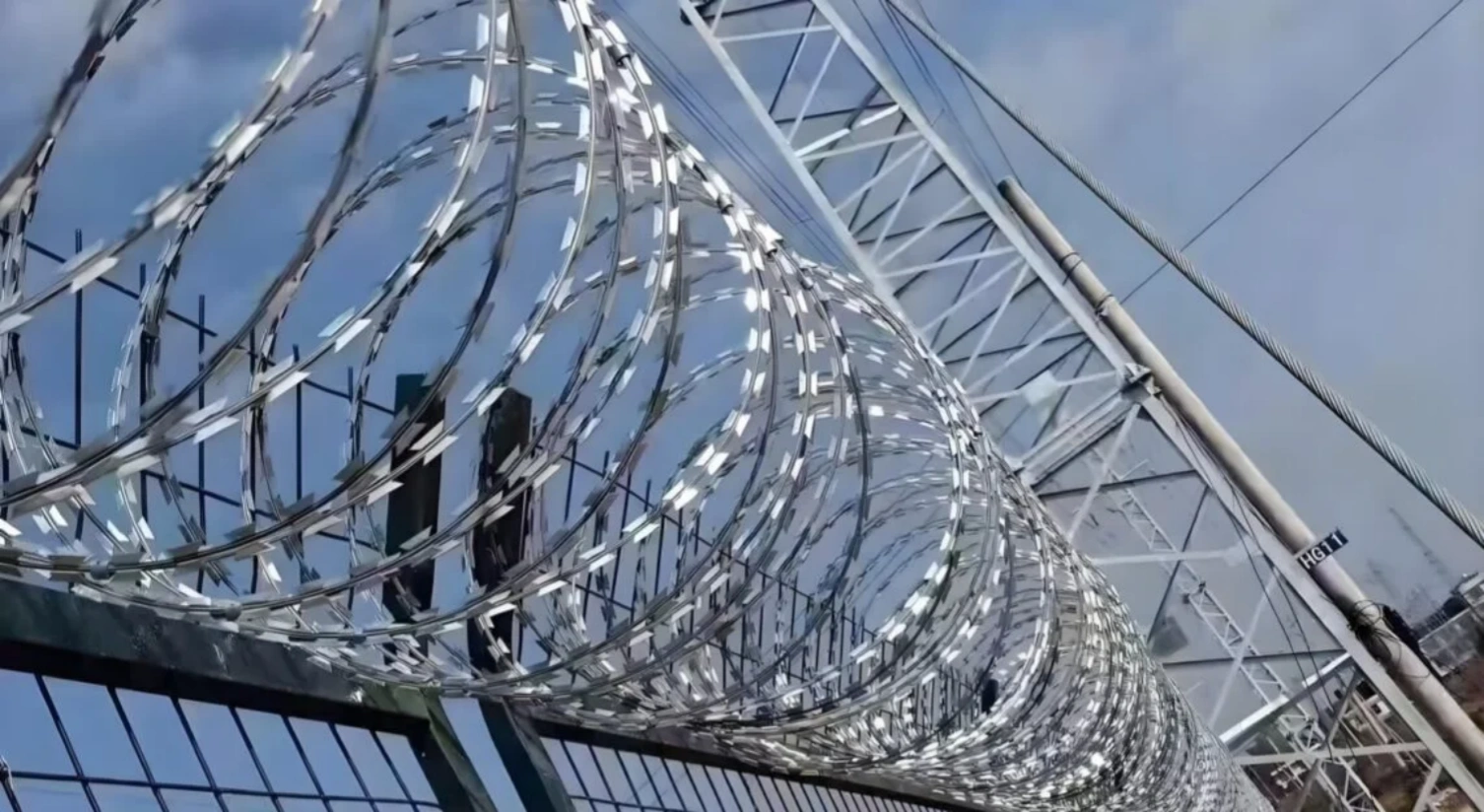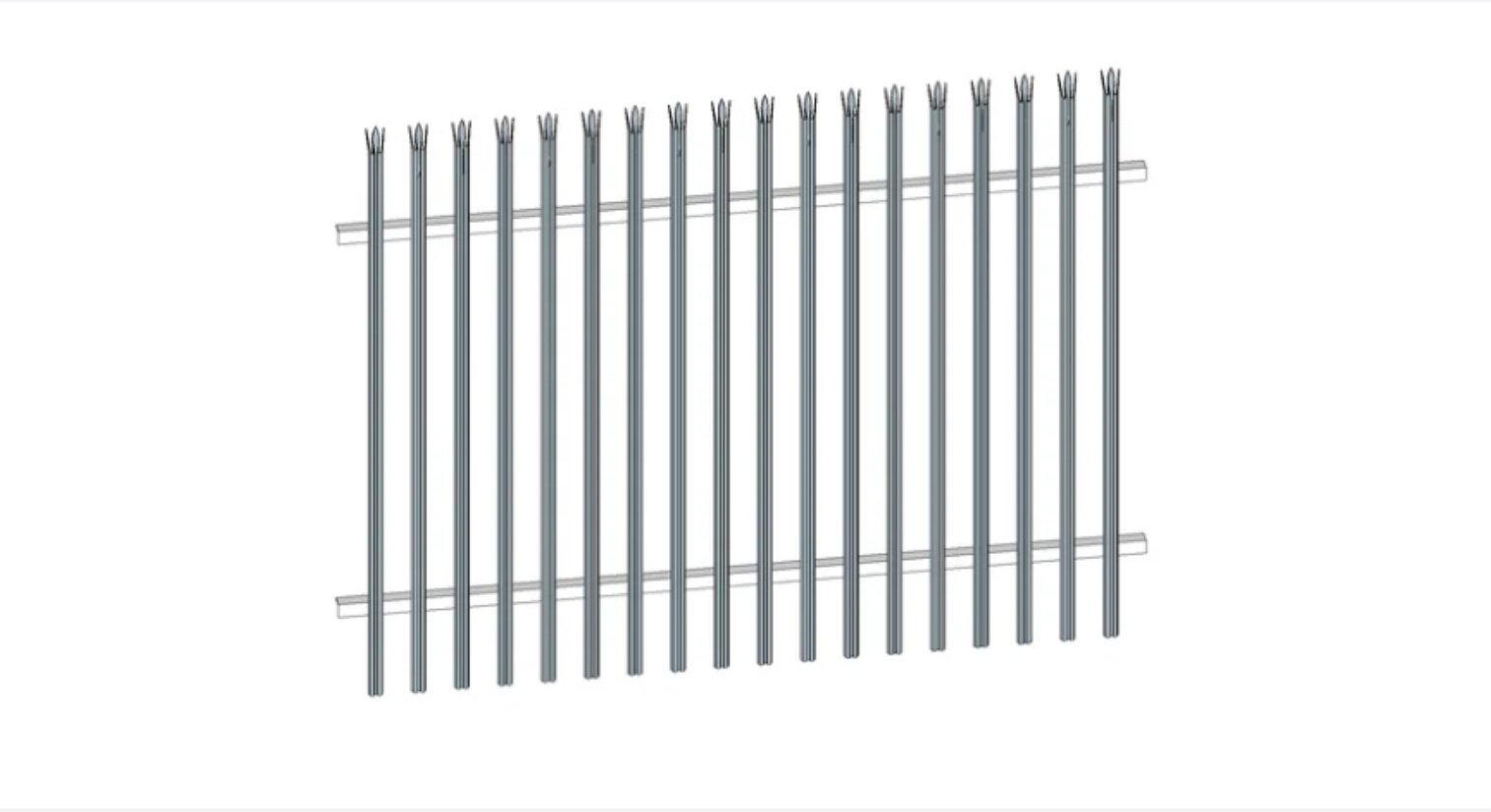Table of Contents
ToggleIntroduction to Fence Pricing
Understanding fence pricing is a crucial aspect for homeowners and contractors alike when planning to purchase fencing materials. A well-informed decision can significantly impact the overall budget and the quality of the fence installation. Various factors influence the costs associated with fencing, including the type of materials used, the height and design of the fence, and regional pricing variations. For instance, wood, vinyl, chain-link, and metal fences come with different price points due to the inherent properties and manufacturing processes of these materials. Additionally, higher fences and intricate designs typically require more resources, which can elevate the overall expense.
Moreover, the selection of materials can affect long-term maintenance and durability, which are often overlooked aspects when comparing initial costs. Beyond the material selection, labor expenses related to installation must be factored into the total cost. Therefore, gathering comprehensive knowledge about these elements enables buyers to make informed choices that align with their specific needs and budgets.
Cashbuild, as a leading hardware retailer in South Africa, plays a pivotal role in providing customers with access to a wide range of fencing materials at competitive prices. Their extensive product offerings cater to diverse fencing requirements, whether for residential, commercial, or agricultural purposes. By shopping at Cashbuild, buyers can benefit from valuable insights regarding various materials, alongside expert guidance to ensure they select the most suitable options. This makes understanding fence pricing fundamental in maximizing both value and quality when investing in a fence through a reputable source like Cashbuild.
Types of Fencing Available at Cashbuild
At Cashbuild, a diverse selection of fencing materials caters to various needs and preferences. The primary types of fencing include wood, metal, vinyl, and concrete, each offering unique attributes that merit consideration depending on durability, aesthetic appeal, maintenance requirements, and price points.
Wood fencing is a classic choice that brings warmth and natural beauty to properties. It can be tailored to various heights and styles, making it versatile. However, wood does require regular maintenance, such as staining and sealing, to preserve its structural integrity and appearance over time. Price-wise, treated wood options are generally more affordable, while hardwoods like cedar and redwood can be more expensive but offer superior longevity and aesthetic appeal.
Metal fencing, particularly wrought iron and aluminum, is synonymous with durability and security. Wrought iron is robust and important for ornamental purposes, although it may require occasional repainting to protect against rusting. Aluminum, on the other hand, is lighter and resistant to corrosion, making it suitable for various climates. While typically more expensive than wood, metal options can provide a long-term fencing solution with minimal upkeep.
Vinyl fencing has gained popularity due to its versatility and low maintenance needs. This material is available in numerous styles and colors, resembling traditional wood while eliminating issues such as rotting or fading. Although the initial cost of vinyl may be higher, its longevity and minimal upkeep can ultimately make it a cost-effective choice.
Concrete fencing delivers unmatched durability and privacy. Ideal for boundary walls, concrete can be designed to include decorative elements, enhancing its aesthetic appeal. Though more expensive to install initially, the long lifespan and low maintenance of concrete make it a worthy investment for homeowners seeking security and style.
Factors Influencing Fence Prices at Cashbuild
Understanding the various factors that influence fence prices at Cashbuild is essential for making informed purchasing decisions. One of the primary determinants is the quality of the fencing material. Cashbuild offers a range of materials, from economical options like chain link to premium choices such as vinyl or wood. Higher-quality materials can lead to increased upfront costs but often offer better durability and longevity, resulting in long-term savings. Customers should assess their needs and available budget to find a balance between cost and quality.
Local market trends also play a significant role in determining fence prices. Pricing can vary based on geographical locations and demand within specific regions. In urban areas where construction is booming, prices may be higher due to increased demand for fencing supplies. Conversely, rural areas may display lower pricing due to reduced competition. Therefore, potential buyers must remain aware of the prevailing market conditions that can impact their fencing investment.
In addition to material quality and market trends, seasonal discounts provide an excellent opportunity for cost savings. Cashbuild frequently offers promotions during specific seasons, which can significantly reduce the overall expense of fencing projects. Shoppers should take advantage of these discounts for budget-friendly purchases. Furthermore, the choice of hiring professional installation versus undertaking a DIY approach can impact total costs. While professional installation can ensure a proper setup, DIY projects can result in substantial savings if the necessary skills and tools are available. Ultimately, understanding these elements — material quality, local market trends, seasonal discounts, and installation choices — will empower customers to make better-informed decisions about their fencing needs at Cashbuild.
How to Budget for Your Fencing Project
When embarking on a fencing project, the first step involves determining a practical budget that encompasses all potential costs. An effective strategy starts with estimating the quantity of materials needed. To achieve this, one should measure the perimeter of the area that requires fencing, taking care to note any corners or curves that could affect the overall length. Utilizing standard fencing calculators found online can simplify this task, ensuring an accurate estimate for the required panels, posts, and accessories.
Labor costs represent another significant factor in your fencing budget. If you plan on hiring professionals, it is prudent to obtain multiple quotes to identify reasonable rates within your locality. Consideration should also be given to the complexity of the project; specialized installations, such as hillside fencing or intricate designs, may incur higher labor costs. Conversely, a straightforward installation of pre-fabricated panels might reduce associated expenses.
Additively, potential fees related to permits should not be overlooked. In many regions, installing a fence may necessitate securing specific permits to comply with local regulations. It is advisable to consult with your local municipality to find out the requirements and associated costs. Planning for these fees in advance will prevent unforeseen expenses that could derail your budget.
Another significant aspect involves considering post-installation landscaping. After the fence is erected, you may need to restore the yard or create barriers to ensure proper drainage or aesthetics. Many homeowners choose to budget for landscaping to enhance their property’s appearance, which can often lead to increased property value.
Several Cashbuild customers have successfully managed their fencing budgets by incorporating these strategies. By clearly outlining expenditures and preparing for unexpected costs, they achieved their desired outcomes without financial strain. Implementing a detailed budget ultimately sets the foundation for a successful fencing project.






